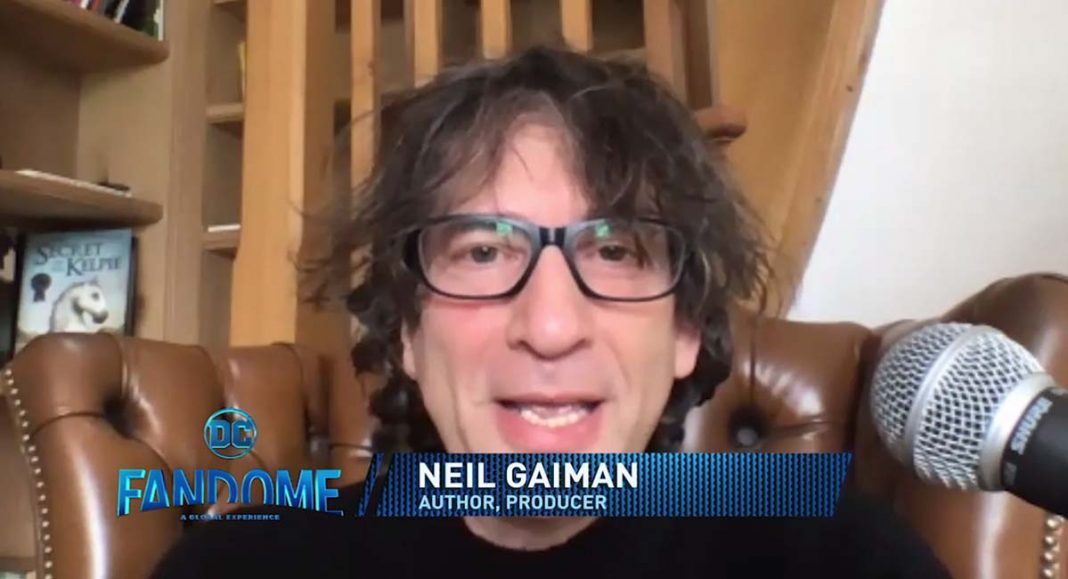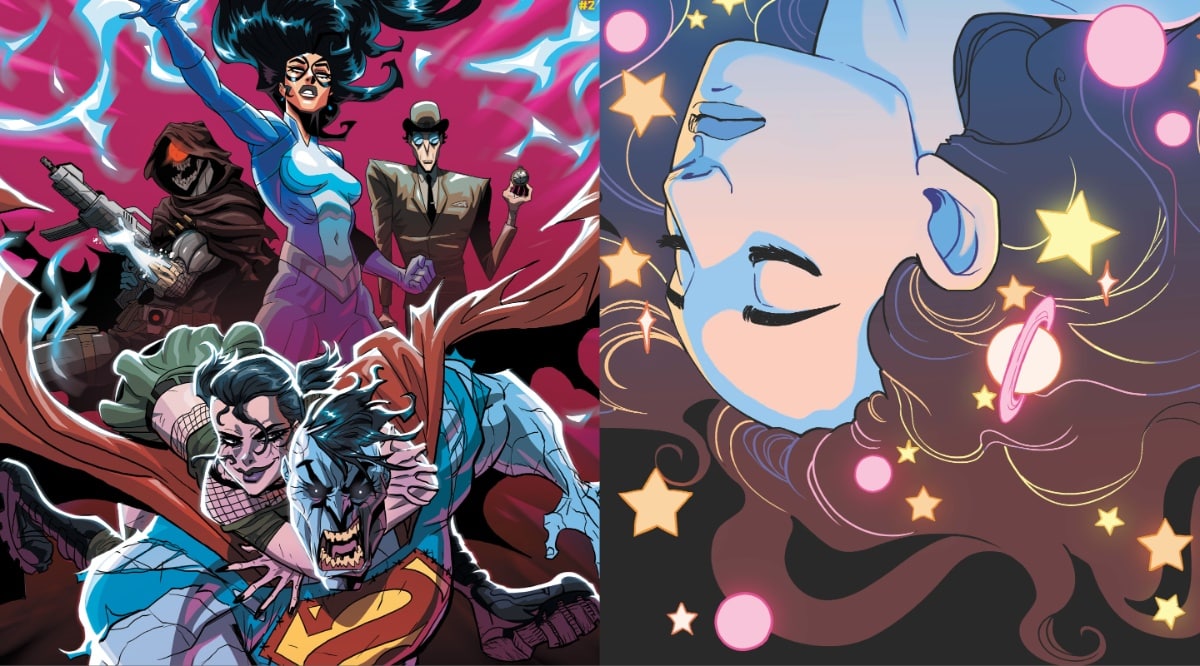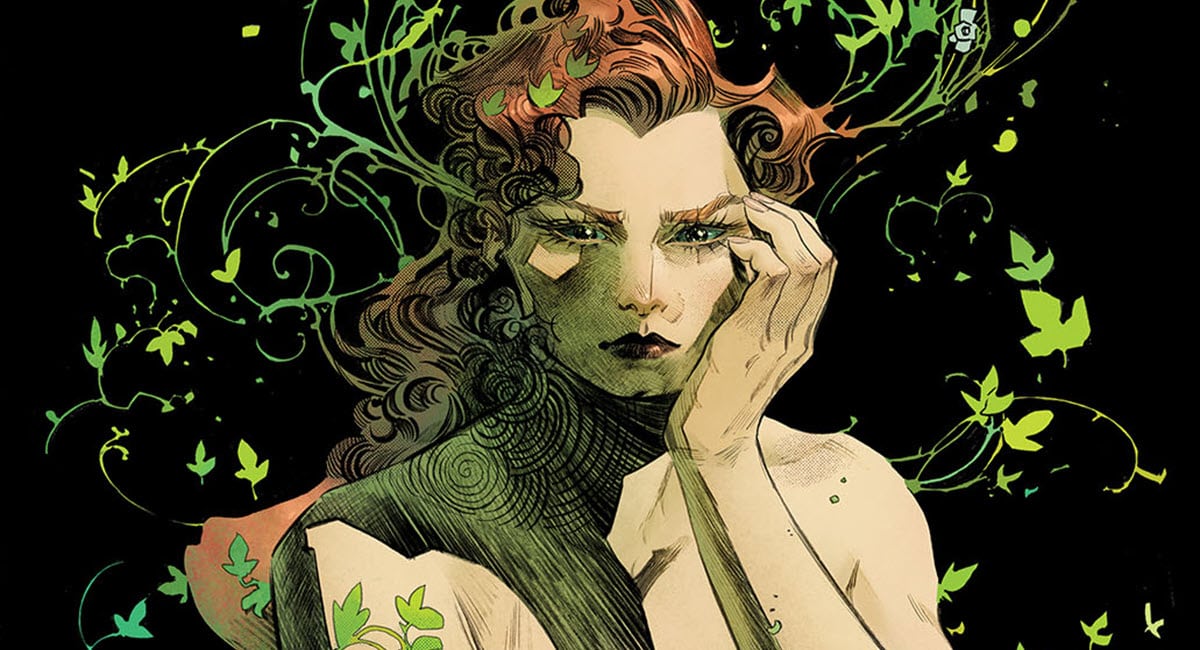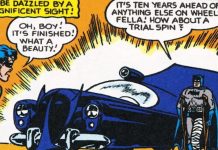
Gaiman shared that at first, he didn’t know if the book would survive.
“At issue eight was when they would call you and tell you they were canceling,” the writer shared. “You had a year, so you had four more issues to wrap it up. So I had my whole plan. It was going to be an eight-issue storyline and then four short stories and then obviously we’d be canceled, except we weren’t canceled 30 years from the original series.”
Recently the series was released on Audible, featuring James McAvoy as Morpheus, Kat Dennings as Death, and Michael Sheen as Lucifer, to name a few of the star-studded cast. Sheen and director Dirk Maggs joined the chat, with Sheen sharing his personal respect for Gaiman.

Besides playing the angelic David Bowie-lookalike Lucifer, Sheen also worked with Gaiman on Amazon Prime’s Good Omens, where he played the angel Aziraphale opposite David Tennant’s Crowley.

At the end of the panel Gaiman chatted about the upcoming Netflix series and how even though the original was from a specific period, it transcends time. It was this approach that offered the most value when putting the streaming series together.
Gaiman said:
“What we’re doing with Netflix is saying, OK, it’s still going to start in 1916, but the thing that happens in Sandman 1, the point of the story starts in not 1988. it’s now and how does that change the story? What does that give us? What does that make us have to look at that we wouldn’t have had to look at if we were setting it as a period piece? What is that going to do to the gender of characters? What is that going to do to the nature of characters? What can I do to the story? And that has been an absolute delight because it means we are always being true to the story and being true to the characters. But it gives us tremendous freedom to go, OK, if we were doing it now, what would Sandman be? And that again is very liberating.”







